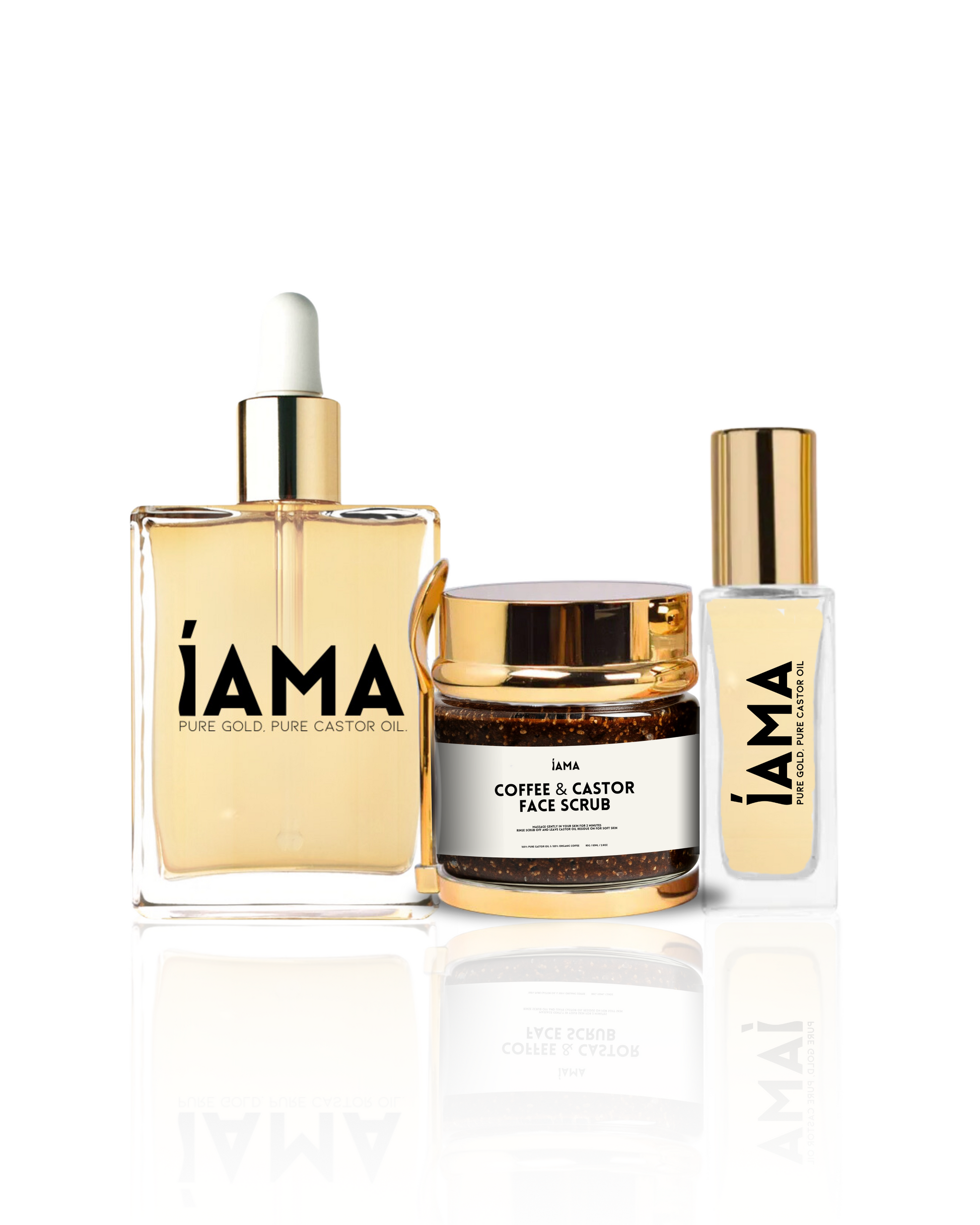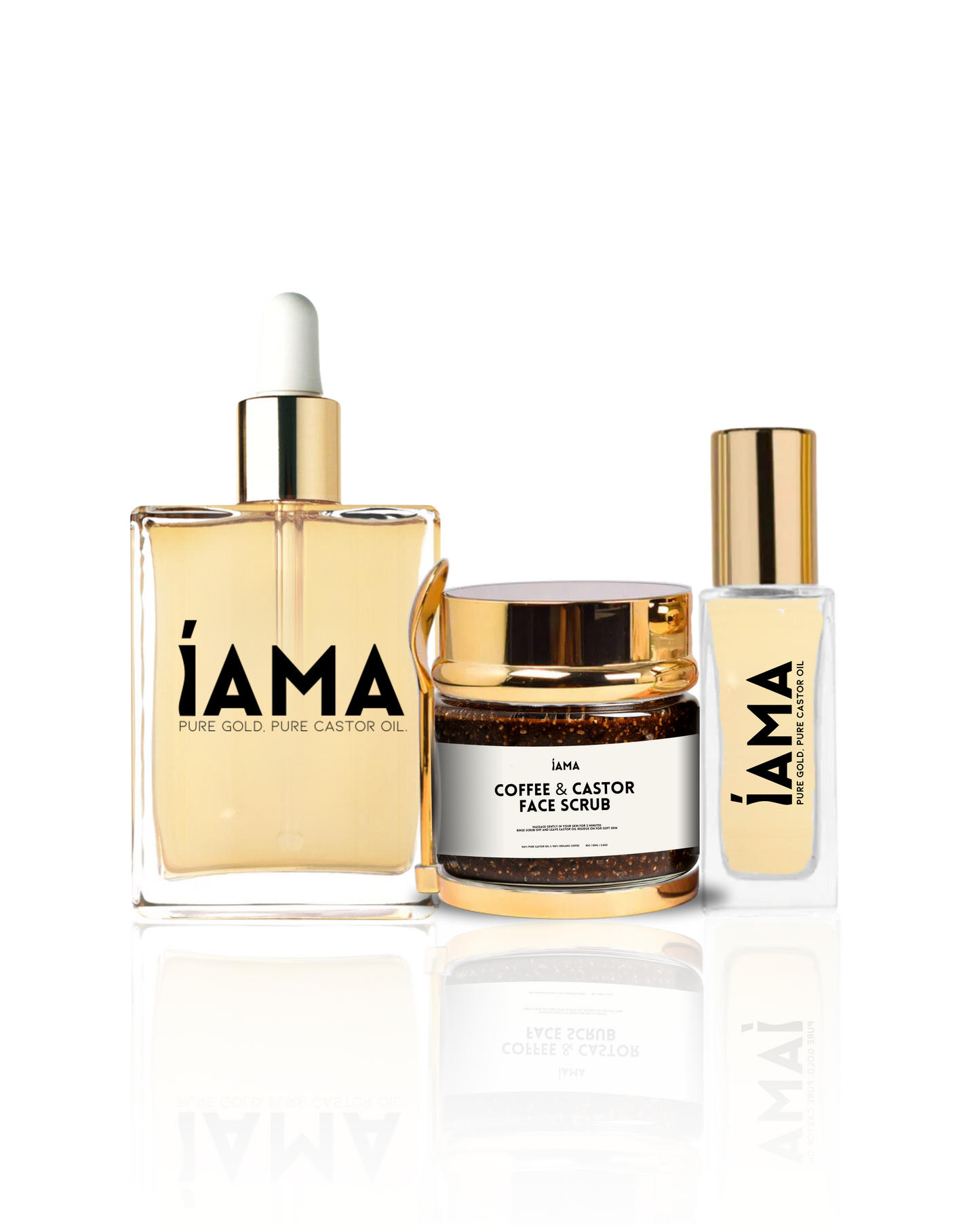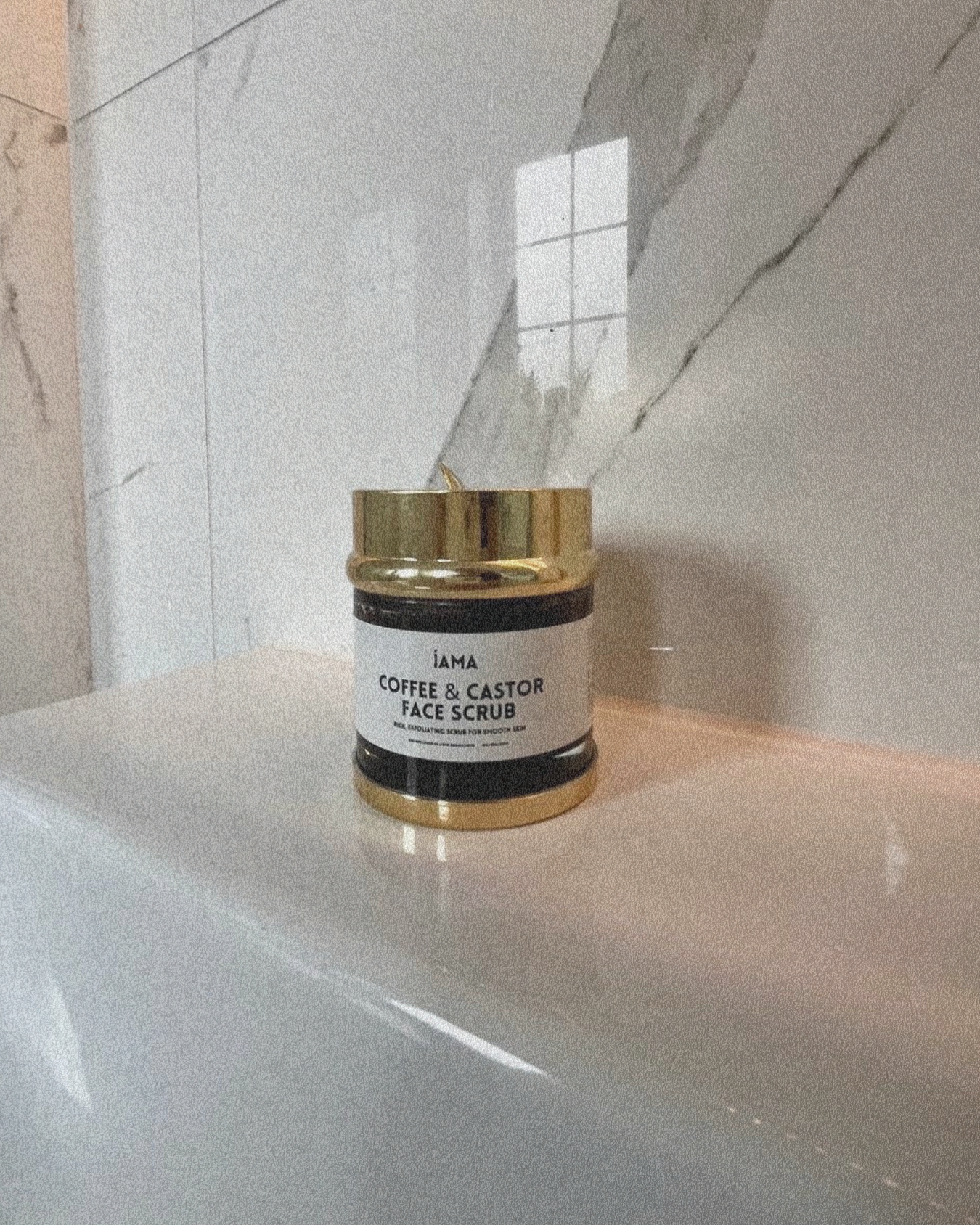
What Exactly is Scar Tissue?
Severe acne, infections, or chronic skin conditions like eczema and psoriasis may leave lasting scars as well. Stretch marks from pregnancy, growth spurts, or weight changes are another form of scarring. Inside the body, scar tissue can build up after surgery, injury, or even repetitive strain on muscles and tendons. Radiation therapy, piercings, and tattoos can also trigger scar formation. In some cases, people are genetically more likely to develop keloids, which are raised, excessive forms of scar tissue.

-
Composition: Scar tissue is primarily composed of collagen fibers, which are produced by specialized cells called fibroblasts. The collagen fibers in scar tissue are arranged in a more disorganized, haphazard pattern compared to the regular, organized structure of healthy connective tissue. This disorganized collagen can “pull” on surrounding tissues, sometimes creating adhesions that affect nearby muscles, fascia, or organs.
-
Appearance and Texture: Scar tissue often appears as a visible, raised, or discolored area on the skin. It can feel thicker, denser, and less elastic than the surrounding healthy tissue. Think of it like a patch sewn onto fabric; if the surrounding threads are tight, the patch can appear stiff or uneven.
-
Reduced Flexibility: The chaotic arrangement of collagen fibers in scar tissue reduces its flexibility and mobility compared to undamaged tissue. This can lead to reduced range of motion and decreased functionality in the affected area. Scar tissue can also restrict deeper layers like fascia, which connects muscles and organs, limiting movement and tissue communication.
-
Altered Sensitivity: Scar tissue can have altered sensory perception, often appearing less sensitive or numb compared to the surrounding skin. In some cases, scar tissue can also become more sensitive, leading to pain or discomfort. The nerve endings in scar tissue may be misaligned or compressed, contributing to heightened or reduced sensitivity.
- Contracture: As scar tissue matures, it can contract and tighten, pulling the surrounding healthy tissue and potentially causing functional impairments. This is particularly noticeable with larger scars or internal adhesions, where nearby organs or muscles can be drawn out of alignment.

Women are often more likely to develop scar tissue after a C-section because the surgery involves cutting through the skin and muscles, which causes the body to heal by forming scars.
Hormones like estrogen can also affect how the skin heals and how much scar tissue forms. After giving birth, the body goes through many changes that can influence healing too. Plus, the tummy area moves a lot, which can make scars thicker or more noticeable. Knowing this can help women take better care of their scars as they heal.
Scar formation can also impact surrounding organs like the uterus, bladder, or intestines, because adhesions may pull or bind tissues together internally.
Different Types of Scars and How Castor Oil Interacts With Them
Not all scars behave the same way, and understanding the type of scar you’re working with is key to supporting effective healing. Atrophic scars, such as acne scars, form when there is a loss of collagen during healing. These scars sit below the surface of the skin and often feel soft but uneven. Castor oil’s ability to improve circulation and support fibroblast activity makes it particularly useful for these scars, as it helps create an environment that encourages healthier collagen synthesis and gradual tissue rebuilding over time.
Hypertrophic scars and keloids, on the other hand, are caused by excessive collagen production. These scars are raised, thick, and may feel itchy or tender. While keloids are more genetically driven, consistent topical use of castor oil can help calm inflammation, soften hardened tissue, and reduce the tight, pulling sensation that often accompanies these scars. By supporting lymphatic drainage and reducing inflammatory signaling, castor oil may help prevent further thickening and improve comfort, even if complete scar reversal is not always possible.
Burn scars and surgical scars, including C-section scars, often involve multiple layers of tissue damage, extending beyond the skin into fascia and muscle. These scars can become deeply restrictive, limiting movement and affecting posture or organ mobility. Castor oil’s unique fatty acid profile allows it to penetrate through the epidermis and interact with deeper connective tissue layers, helping to soften adhesions and improve tissue glide when combined with intentional massage and heat.
C-sections account for 18% of all deliveries worldwide; in North America the incidence has been as high as 32%. 1 in 3 women will deliver via a C-section. Scars and adhesions are pretty common issues and can take up to 2 years to heal properly.
These adhesions are basically like thin sheets of scar tissue that end up attaching to all sorts of other tissues and organs in the lower abdomen—things like the bladder, intestines, even the pelvic floor. It's almost like the body tries to "stitch" everything back together, but it can end up causing a whole host of problems, from pain and dysfunction in the urinary or digestive systems, to challenges with fertility, and other pelvic floor disorders.
Scar tissue in this region doesn’t just affect the skin; it can influence the mobility of organs, the elasticity of connective tissue, and even neural signaling that governs pelvic floor function.The ricinoleic acid in castor oil has anti-inflammatory properties and can help increase blood flow to the affected area, which can aid in the healing process. Plus, it's super affordable and easy to incorporate into your daily routine.
By enhancing circulation, castor oil helps deliver oxygen and nutrients to fibroblasts and myofibroblasts, supporting controlled collagen remodeling and reducing excessive adhesion formation.In the initial weeks and months after a C-section, your scar may be red, raised, and feel slightly lumpy or uneven.Over time, as the scar matures, it becomes flatter, softer, and more integrated with the surrounding skin.
You can use castor oil on your C-section scar once it has completely closed and healed and your stitches have been removed, as long as you have no signs of infection. Regular use encourages tissue pliability, improves skin hydration, and allows surrounding fascia and muscle layers to regain flexibility, helping restore a more functional lower abdomen.

Scar tissue tends to be stiffer and more dense than the surrounding tissue. This is because the collagen fibres are arranged in a more chaotic and less organized way, rather than the regular, patterned structure of unaffected tissue.IAMA Castor Oil can help in a number of ways:
- Stimulates the production of specific enzymes that can break down the dense, cross-linked collagen fibers that make up scar tissue. These enzymes, such as collagenase and elastase, can help degrade the tough, fibrous structure of the scar. This helps reorganize scar tissue to more closely resemble healthy tissue, improving both flexibility and appearance.
- Anti-inflammatory properties due to its fatty acid composition, particularly the presence of ricinoleic acid. Reducing inflammation in the scar tissue can help modulate the activity of inflammatory cells and signaling molecules, which are involved in the excessive deposition of collagen and the formation of rigid scar tissue. Lower inflammation also reduces pain and allows surrounding tissues to move freely.
- Stimulates the production of collagen, a key structural protein in the skin. It can also promote the proliferation of fibroblasts, the cells responsible for collagen synthesis and tissue repair. Increased collagen production and cell proliferation can help reorganize the scar tissue, making it more integrated with the surrounding healthy skin. Think of it like retraining a misaligned weaver to weave threads along proper lines, restoring harmony in the fabric of your tissue.
- Enhances lymphatic circulation and drainage. Improved lymphatic function can help remove stagnant fluids, cellular debris, and inflammatory mediators that contribute to the hardening and contraction of scar tissue over time. By promoting lymphatic drainage, castor oil can help soften and reorganize the scar tissue. This also benefits the overall health of nearby tissues and organs, as fluid and waste are cleared more efficiently.
The Role of the Lymphatic System in Scar Remodeling
The lymphatic system plays a crucial role in scar healing, yet it is often overlooked. Scar tissue can compress lymphatic vessels, leading to fluid stagnation, swelling, and delayed healing. This is especially common in abdominal, pelvic, and breast scars. Castor oil has long been associated with lymphatic stimulation, and when applied topically, it may help encourage gentle lymph movement and waste removal from congested tissue.
Using a castor oil wrap pack adds warmth, which further dilates blood vessels and lymph channels, enhancing the movement of fluids through the area. Improved lymphatic drainage reduces inflammatory byproducts, supports immune activity, and creates a cleaner internal environment for tissue regeneration. This is one reason many people notice reduced swelling, softness, and relief after regular castor oil pack use.
Fascia, Adhesions, and Whole-Body Impact
Fascia responds to hydration, pressure, and movement. Scar tissue disrupts this system by creating areas of stiffness and reduced fluid exchange. Over time, these restrictions can alter biomechanics, posture, and even organ function. For example, abdominal scars may affect digestion, breathing mechanics, or pelvic floor coordination.
Castor oil supports fascial health by improving hydration at the tissue level and reducing low-grade inflammation that contributes to stiffness. When paired with mindful massage, breathwork, or gentle stretching, castor oil becomes a tool not just for scar appearance, but for restoring whole-body balance. This is particularly powerful when used as part of a regular ritual with your iAMA Castor Oil Wrap Pack, allowing the body time and space to soften and recalibrate.
The Stages of Scar Healing and Why Timing Matters
Scar healing occurs in distinct phases: inflammation, proliferation, and remodeling. In the early inflammatory phase, the body prioritizes closing the wound and preventing infection. This is not the time for aggressive massage or topical treatments. Once the wound has fully closed, the proliferative phase begins, marked by rapid collagen production and new blood vessel formation. This is where castor oil can begin to play a supportive role by nourishing the skin, reducing excessive inflammation, and improving circulation to the area.
The remodeling phase, which can last months or even years, is where scar tissue either becomes more flexible and functional - or remains stiff and restrictive. During this phase, collagen fibers are gradually reorganized along lines of tension. Castor oil, especially when used consistently with massage or wrap packs, supports this remodeling process by encouraging healthier collagen alignment, increasing hydration, and improving tissue elasticity. This is also the stage where movement becomes critical for long-term scar health.
What makes scar tissue worse, and how Castor Oil helps
One of the primary drivers of problematic scar tissue is excessive inflammation during the healing process. This inflammatory response can lead to the overproduction of collagen, resulting in the formation of thick, rigid scar tissue.
Castor oil's anti-inflammatory qualities can help mitigate this issue, calming the inflammatory cascade and preventing the excessive deposition of collagen fibers. Additionally, improper wound healing, often due to complications or inadequate care, can give rise to hypertrophic or keloid scars - scars that are abnormally raised and problematic.
By addressing the root causes of improper healing, castor oil can help promote a more optimal wound closure and scar tissue formation. Furthermore, repetitive stress or injury to the scar tissue can exacerbate the problem, causing the scar to become increasingly fibrous and contractile over time. This can significantly impair mobility and flexibility in the affected area.
Castor oil's ability to enhance collagen remodeling and reorganization can help soften the scar tissue, allowing for better integration with the surrounding healthy skin. Over time, this can improve not just cosmetic appearance but also functional movement of muscles and fascia connected to the scar.
Underlying medical conditions and genetic predispositions can also play a role in the worsening of scar tissue. In these cases, castor oil's multi-faceted approach, targeting inflammation, collagen dynamics, and tissue remodeling, can be particularly beneficial in managing the scar tissue and improving overall outcomes.
By addressing the key factors that contribute to the exacerbation of scar tissue, castor oil emerges as a natural and effective solution. Its unique properties offer a promising avenue for individuals seeking to mitigate the challenges posed by problematic scarring and regain function and aesthetics in the affected areas.

Generally speaking, most people begin to notice some positive changes within the first 4-6 weeks of daily use. This could manifest as reduced inflammation, increased mobility, or a softening of the scar tissue. It typically takes several months of continuous use to see more significant scar tissue reduction.
As we say here at iAMA, using Castor Oil is a lifestyle not a quick fix! The exact timeline depends on your age, other health issues you might have, your lifestyle, and the severity of your scar tissue.
Newer, more acute scars tend to respond faster than long-standing, chronic adhesions. Consistency allows castor oil to influence fibroblast activity, collagen reorganization, and lymphatic drainage gradually, resulting in a softer, more functional scar over time.
Intra-vaginal scar tissue refers to the formation of fibrous scar tissue within the vaginal canal, often as a consequence of childbirth, surgery, radiation therapy, infection, or sexual trauma. It can lead to pelvic pain, painful intercourse, difficulty with tampon use, and feelings of vaginal tightness or dryness.
The good news is, IAMA Castor oil can offer you a natural way to support internal scarring.To apply iAMA castor oil internally, saturate a clean, organic tampon and insert it vaginally. Leave the tampon in for 30 mins to 2 hours. Click here to read more about how castor oil can support womb healing.
You can repeat this 2-3 times per week, as long as you don't experience any signs of sensitivity, such as itching, redness, pain, or changes in your vaginal or cervical fluids. Always test a small patch of skin before applying to a large area. Wait 24 hours to ensure you don’t have a reaction. Discontinue if you feel any adverse reaction.
Internal application supports local circulation, hydrates tissue, and encourages proper collagen alignment, helping reduce adhesions that can affect pelvic floor muscles and reproductive organs.

Using Castor Oil on Your C Section Scar
You can begin applying iAMA castor oil topically once your scar has fully closed and any stitches or sutures have been removed or dissolved. Be sure to check with your doctor and get the green light.
Once the scar has stabilised, you can gently and intentionally massage the castor oil into your skin. Pay attention to how it feels. Scar tissue tends to feel denser, stiffer, and less elastic compared to the original, healthy tissue.
You can also apply a castor oil pack, which is simply a piece of cotton or flannel that has been soaked in castor oil and placed directly on the scar with some heat applied. This combination of heat and oil helps relax surrounding tissues, stimulate circulation, and enhance lymphatic drainage, which softens the scar and improves integration with surrounding tissues.

- Soak your stomach or scar with our Castor Oil Wrap Pack
- Add gentle heat by massaging the area
- Place the pack over the scar, making sure the area is fully covered
- Leave the pack on for at least 60 minutes or overnight for proper absorption
Begin by generously soaking your stomach or scar area with our iAMA Castor Oil Wrap Pack, ensuring the skin is well coated. Castor oil works best when applied liberally, as this allows ricinoleic acid to fully interact with the skin and underlying tissues.
Before placing the wrap, take a few minutes to gently massage the oil into the area. Use slow, intentional movements rather than force. For scars, begin with light circular motions around the perimeter of the scar to warm the surrounding tissue and increase local circulation. This helps signal safety to the nervous system and prepares the fascia for deeper work. As the tissue softens, you can gradually move closer to the scar itself, using gentle back-and-forth or small spiral movements to encourage mobility within the collagen fibers.
If working on the abdomen, use clockwise circular motions to follow the natural direction of the digestive system. This supports lymphatic flow and bowel motility while helping distribute the oil evenly across the tissue. For C-section or surgical scars, gentle lifting, rolling, or skin-gliding techniques can be introduced over time to help release adhesions between the skin, fascia, and underlying muscle layers. The key is to work within comfort, never forcing the tissue, and allowing warmth and time to do most of the work.
Once the oil has been massaged in, place the wrap pack over the area, making sure it fully covers the stomach or scar. Apply gentle heat using a heating pad or hot water bottle. Heat plays a crucial role by dilating blood vessels, improving circulation, and increasing tissue permeability, which enhances absorption of castor oil’s fatty acids.
Leave the pack on for around 60 minutes, allowing the oil, heat, and gentle compression to work together. During this time, the combination of warmth and ricinoleic acid supports fibroblast activity, encourages collagen remodeling, and promotes lymphatic drainage in both superficial and deeper tissue layers.
When the session is complete, remove the pack and take a moment to reassess the area. Many people notice the tissue feels softer, warmer, and more mobile. Consistent use, combined with gentle self-massage, helps retrain scar tissue, restore fascial glide, and support long-term healing rather than simply masking symptoms.
Why Movement and Self-Massage Are Essential for Scar Health
Scar tissue does not exist in isolation. It integrates into the body’s fascial system, a continuous web of connective tissue that surrounds muscles, organs, and nerves. When scars are not mobilized, fascia can become dense and dehydrated, limiting communication between tissues and disrupting normal movement patterns. This is why scars can cause pain or dysfunction far from the original injury site.
Gentle self-massage with iAMA Castor Oil helps reintroduce movement to the tissue, signaling to the nervous system that the area is safe to soften. Mechanical pressure combined with castor oil improves local circulation, stimulates mechanoreceptors in the skin, and encourages lymphatic flow. Over time, this helps break down restrictions, improve proprioception, and restore natural tissue glide. Even a few minutes a day can significantly change how a scar feels and functions.
Scar Healing Is a Nervous System Process Too
Beyond the physical layers, scars also impact the nervous system. Trauma to tissue often creates protective tension patterns, where the body subconsciously guards the area. This can maintain stiffness long after the tissue itself has healed. Slow, intentional application of castor oil helps down-regulate the nervous system by activating parasympathetic responses, signaling safety and relaxation.
This mind-body connection is one of the most underrated aspects of scar healing. When the nervous system feels safe, tissue remodeling becomes more efficient. Castor oil rituals encourage stillness, presence, and reconnection with the body, transforming scar care from a mechanical task into a deeply restorative practice.
- Frankincense oil - This oil has anti-inflammatory and skin-regenerating properties that may help minimize the look of scars.
- Helichrysum oil - Helichrysum contains compounds that can promote skin healing and reduce scar tissue formation.
- Lavender oil - The soothing and regenerative qualities of lavender oil may aid in fading and softening scar tissue.
- Our Rosemary Infused Castor Oil - Rosemary has been shown to improve blood circulation and collagen production, which can improve the appearance of scars.
- Geranium oil - This oil contains compounds that may help reduce inflammation and improve skin elasticity, potentially reducing the visibility of scars.
- Our Rose Infused Castor Oil
References
-
Wound Healing Bionanocomposites Based on Castor Oil
This study found that composites incorporating castor oil exhibited faster wound healing compared to standard gauze, suggesting its potential in scar tissue regeneration https://pubmed.ncbi.nlm.nih.gov/26302315/ -
Bioactive Polymeric Formulations for Wound Healing
Research indicates that ricinoleic acid, a component of castor oil, possesses anti-inflammatory and analgesic properties, which may aid in wound healing and scar tissue management. https://pmc.ncbi.nlm.nih.gov/articles/PMC6435308/?utm_source=chatgpt.com -
Evaluation of Wound Healing Potential of Ascorbic Acid, Castor Oil, and Gum Tragacanth Formulation
A study on murine models demonstrated that a formulation containing castor oil significantly reduced wound size and promoted collagen formation, highlighting its efficacy in scar healing. https://us.typology.com/library/castor-oil-to-help-reduce-acne-scars -
The Science of Castor Oil
Castor oil may influence collagen production, potentially aiding in the remodeling of scar tissue. https://deannaminich.com/the-science-of-castor-oil/?utm_source=chatgpt.com -
Castor Oil Therapy
This article discusses how castor oil therapy may stimulate circulation and support lymphatic drainage, which can aid in the healing of scar tissue and reduce adhesions. https://www.harmonyhealthchicago.com/fertile-harmony/castor-oil-therapy/
iAMA Wellness- Shop Mother Nature's Liquid Gold
Shop Now www.iamawellness.com
Contact us contact@iamawellness.com
Connect on Instagram @iamawellness






